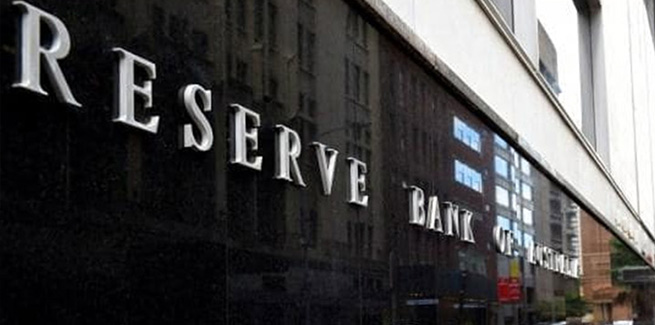The Reserve Bank of Australia (RBA) has released its latest Statement on Monetary Policy, outlining its view on the outlook for the Australian economy amid the ongoing COVID-19 crisis.
The central bank has forecast a 10 per cent contraction in Australia’s GDP over the first half of 2020, against a rising unemployment, which the RBA anticipates could hit 10 per cent by the end of the June quarter.
According to the RBA, the housing market would not be immune to broader economic weakness, with demand for housing expected to deteriorate over the coming months, triggering a fall in residential property prices and a longer than anticipated lull in construction activity.
“The deterioration in established housing market conditions is expected to prolong the decline in dwelling investment,” the RBA noted.
“Dwelling investment is expected to be significantly lower over most of the forecast period than forecast in the previous statement.”
“The trough in construction activity is now projected to occur in early 2021, half a year later than previously expected.”
Accordingly, the RBA noted that it expects home lending volumes to dwindle in response to weakened housing market sentiment.
“More timely indicators of housing market activity, including auction clearance rates and housing turnover, suggest that commitments will decline in coming months,” the RBA added.
“This would also be consistent with the sharp decline in economic activity and incomes.”
However, despite the expected drop-off in home lending volumes, the RBA expects banks, particularly the big four, to retain much of the value of their mortgage books, with loan deferrals and an increase in redraws offsetting the decline in new business.
The latest data from the Australian Banking Association has revealed that collectively, the banks have deferred approximately $200 billion in loans since the relief program commenced.
“Major banks have reported that around 9 per cent of borrowers have applied to defer their loan payments for up to six months, with effect from April,” the RBA noted.
“By itself, this would tend to push up housing credit growth by around [half a] percentage point in year-ended terms over the next six months.”
The RBA continued: “Bank liaison indicates that some households have been accessing funds in available redraw or offset accounts to help support their cash flows.
“This will also reduce total loan repayments and contribute to stronger credit growth.”
According to the RBA, this would be partly offset by additional mortgage repayments made by some borrowers for “precautionary reasons” or “merely because their other opportunities for spending have been curtailed”.
This comes as three of the big four banks reported contractions in their home loan portfolios over the first half of the 2020 financial year (1H20).
The big banks’ weak home lending performance added to their earnings woes, with a rise in credit impairment charges costing the lenders a cumulative $6.2 billion.
[Related: Loan loss charges cost big banks $6.2bn]
 ;
;
